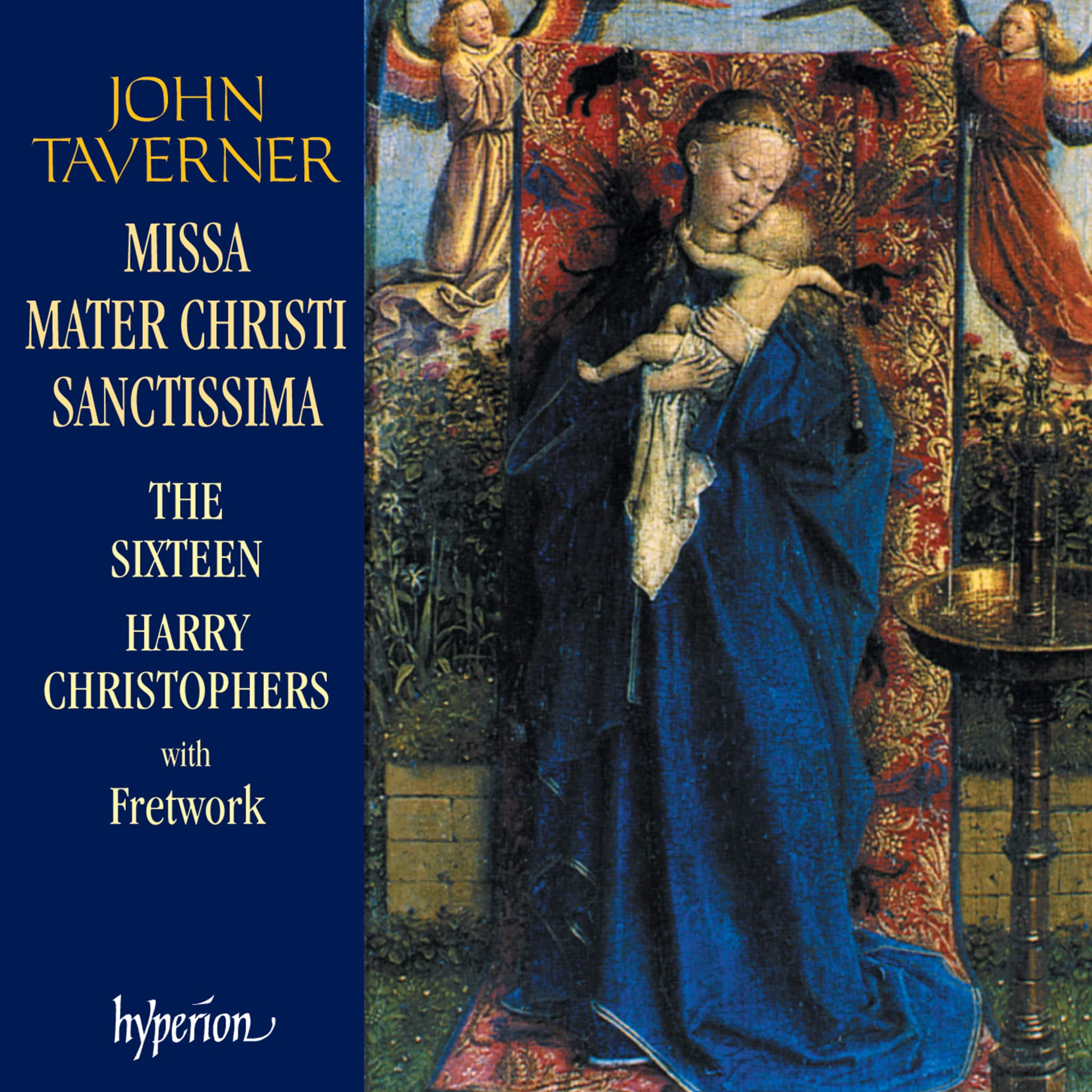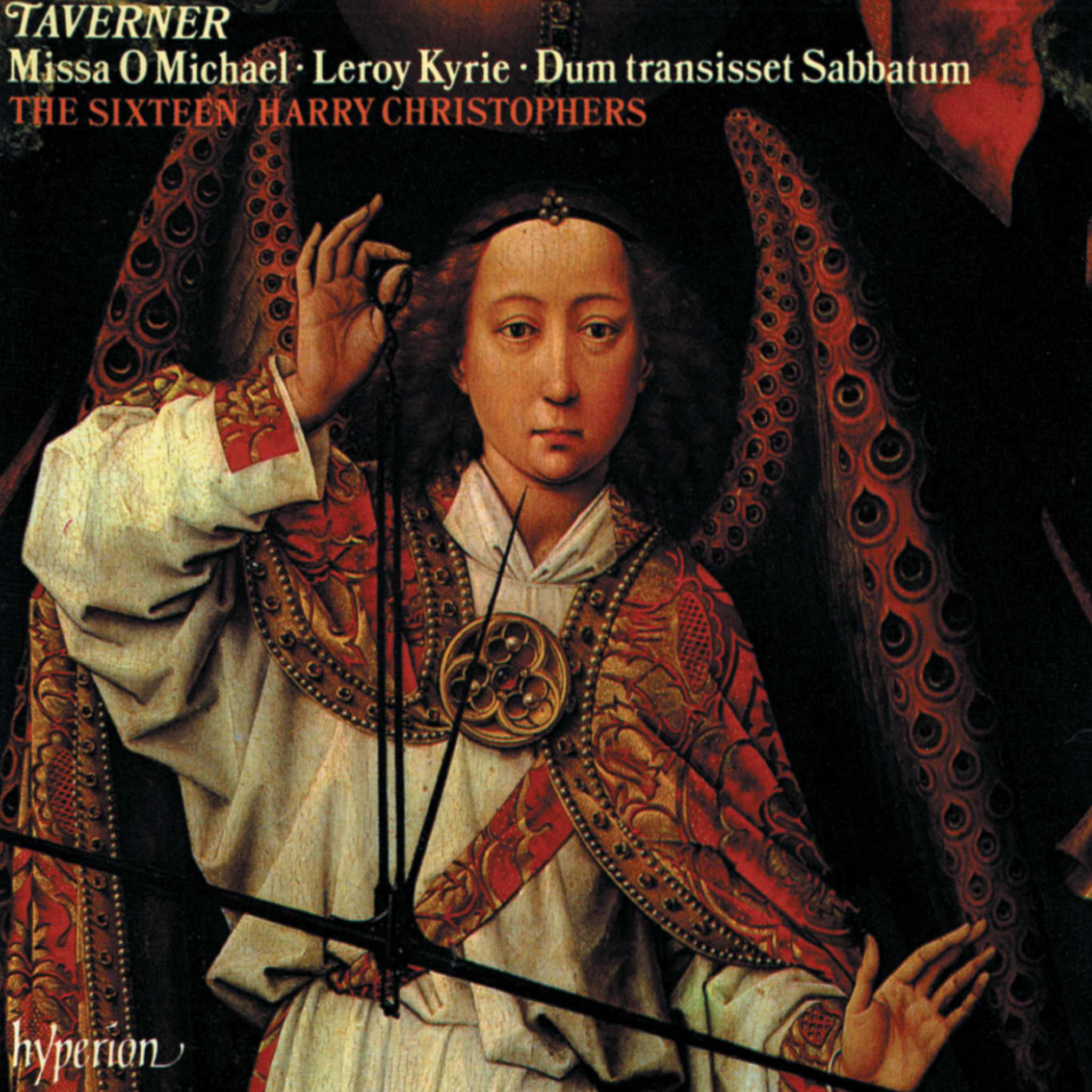Album insights
Liszt's cosmopolitan and sociable behavior ensured that he was accepted and honored in all countries he visited and resided in, with the exception of a few scandalous periods. Despite his immense pride in his Hungarian roots, he never appeared distinctly foreign anywhere. He was known as Franz in Germany, François in France, Ferenc in Hungary, and Francesco in Italy. In the Vatican, he was called Franziskus according to his baptismal certificate, yet in England, inexplicably, he was never referred to as Francis (although various English music publishers notably attempted to promote the works of a "John S Bach" for years). The first editions of his works bear these names in a confusing array of spellings. During his years of travel, Liszt often graciously improvised on topics suggested by his audience, including national favorite songs and anthems of the countries he visited. Although not all these improvisations were documented and published, legends persist, such as one surrounding a piece based on "Rule, Britannia." The pieces in this collection contain paraphrases of national anthems, though not representing Liszt's entire body of work in this field.
Liszt combined and adapted two famous works by different composers, Szózat ("Appeal") by Béni Egressy and the Hungarian national anthem by Ferenc Erkel, in his Szózat and Hungarian Hymnus. This work was closely tied to Liszt's desire to spend the 1870s mostly in Hungary, and he dedicated it to the statesman Gyula Andrássy. The piece, available in orchestral and piano duet versions, features Egressy's melody, variations, a bridge, Erkel's theme, and a triumphant return of Szózat. The connection between the two melodies becomes clear as the piece progresses.
Liszt composed a paraphrase of "God Save the Queen" for his trip to England. Despite initial encounters as a young prodigy, his later return as a respected figure in his final years did not go as smoothly, with critical reception being reserved. His performances, though entertaining with variations on national anthems, did not significantly boost his reputation as a serious pianist. The composition on the national anthem, while amusing to modern audiences, was deemed to lack great artistic value.
The origin of the Neapolitan Canzone remains a mystery, with its composition and key changes by Liszt adding to its elegance. Liszt's understanding of various melodies, including those from Hungarian and Gypsy sources, can be experienced across his works.
Liszt believed the influence of Princess Caroline of Sayn-Wittgenstein was crucial in redirecting his focus to serious composition rather than just virtuosic performances. Their relationship spanned over forty years, despite the challenges and complexities it brought to Liszt's life. His collection "Glanes de Woronince" is regarded as a preservation of local folk melodies Liszt encountered during his time spent at Caroline's Ukrainian estate.
Through his compositions like the adaptation of "Vive Henri IV" and the exploration of themes such as the Marseillaise, Liszt showcased his brilliant musical abilities that rivaled renowned works like Berlioz's versions. The variety and depth of Liszt's compositions showcase his versatility and innovative approach to music composition.








